After watching The Dark Knight Returns: Part II yesterday my head was overwhelmed with thoughts. Personally, it was one of the most exciting cinematic experiences ever lived, and I felt it was even better defined than the original comic book on which the movie is based.
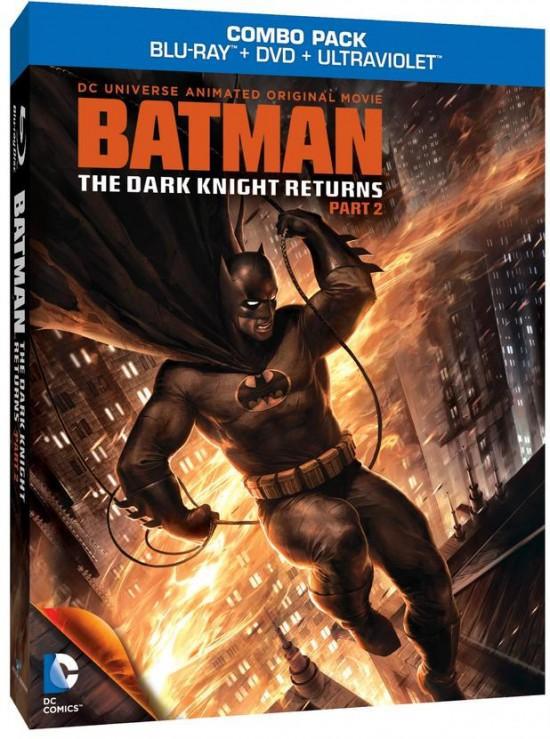 My brain is still spinning around because of the emotion of this amazing movie, so I will write my review following precise points so that my Bat-fan soul will not take over while writing.
My brain is still spinning around because of the emotion of this amazing movie, so I will write my review following precise points so that my Bat-fan soul will not take over while writing.
The story
Every Bat-fan knows the story of The Dark Knight Returns, so I don't have to write much. In this second part we can see the evolution (or involution) of the troubled relationship between Batman, the police department and his beloved city who doesn't seem to love him so much sometimes. The police consider him an outlaw, notable psychiatrists define him "a sociopath" who creates his own enemies and the people largely label him "a fascist". With this base as a start, Bruce Wayne can only rely on few people; his butler Alfred, his new sidekick Carrie Kelley, aka Robin, and James Gordon who has now retired. “The sons of the Batman”, a sort of creation of his own after having defeated the Mutants' leader, are initially still not able to follow the rigid rules that the Batman has created himself along the years. All these elements push the Batman to become even more violent and ruthless in his desperate attempt to establish a new level of order in his own city. We can see how hidden and tormented his desire truly is, facing legions of policemen who are too busy trying to bring him down to take care of real criminals. The Joker appears once again in a completely new shape; he is not the same sociopath he used to be, this time he just wants to push the Batman to his limits, and "makes him lose control". This time he knows the Batman will have to kill him, and he knows the Batman will not think twice doing it.
And what if the Batman loses control? What if he becomes the anti-hero that many believe he actually is? Who would be able to beat him? The Man of Steel is ordered by the President of the USA himself to take care of the matter, because now the Batman is a "bronco who has broken out of the fence". How can the Batman defeat someone that "isn't from this planet"? With all these questions in mind, Batman embarks on his personal crusade to finally redeem Gotham City and make it a better place to live, but also to finally stop the voices in his head, the demons of his past and the ghosts of his murdered parents. This is basically the story, with no spoilers for the newbies.
Characters
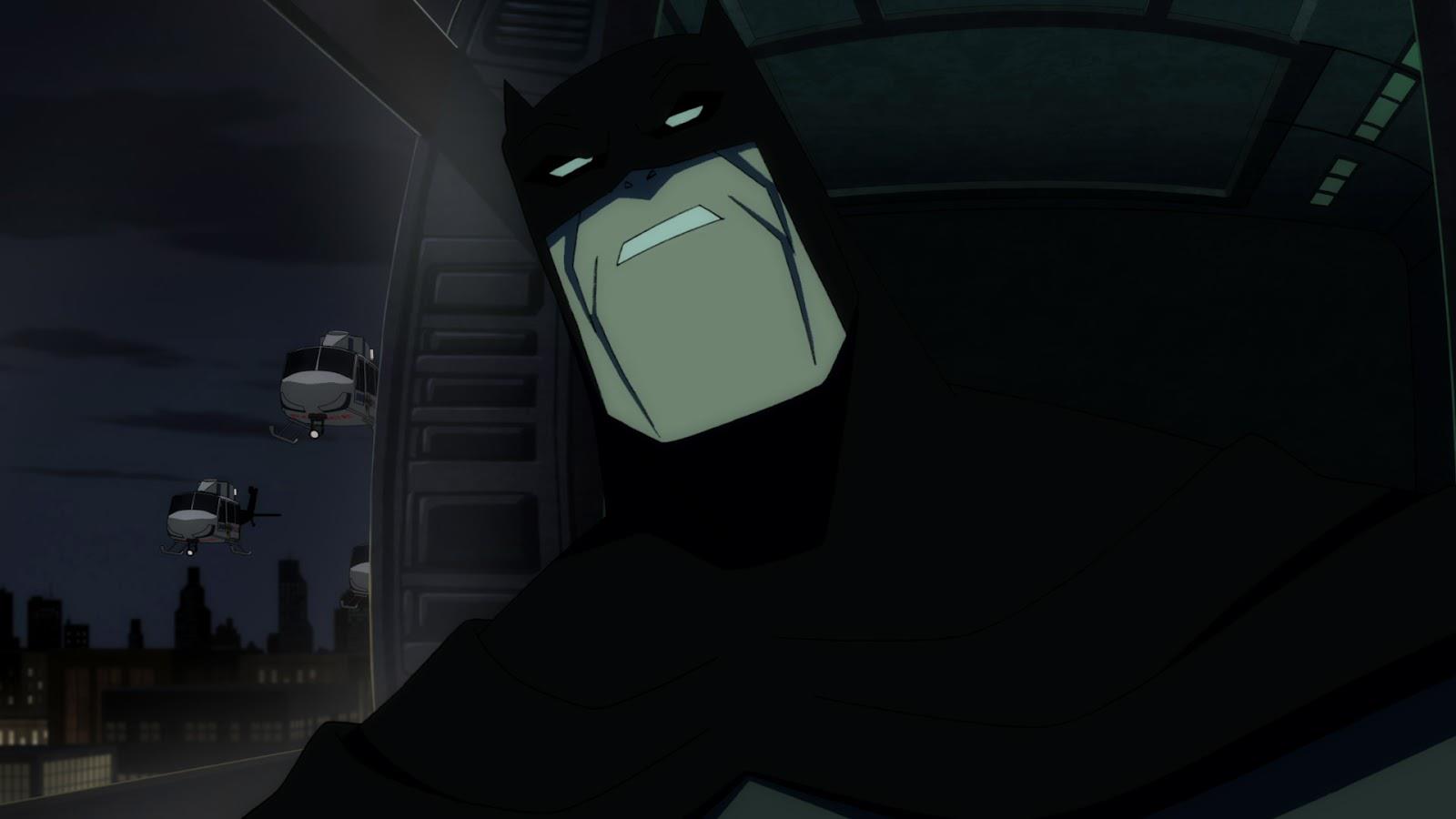 Batman is taken back to his darkest and violent roots. The original pulp magazine-style is restored in its entirety, and even brought to another level and with a new vision. The Batman operates in a world that has changed faster than he could prevent, he is an old man who tries to be young again to beat his personal physical limits. His anger explodes in every single fist, and we can witness his determination to prove something to himself rather than the world. Peter Weller's voice makes the character close in his own world, someone that hardly wants to speak and just wants to share his basic thoughts. Someone has criticized his voice because it's "mumbling", but actually it perfectly fits this new version of the character, a man who is now completely split between the real world to which he does not belong and his own emotional cave from which is not able to escape. In the first episodes there were a lot of lines that were destined to become legendary for the low tone that only Weller is able to achieve, in this movie, you can almost tremble when he speaks to a multitude of his "sons" "Tonight, I am the law!". You can see how Weller fits the tone and personality of a man who is not just a hero any more, he is in fact "the law".
Batman is taken back to his darkest and violent roots. The original pulp magazine-style is restored in its entirety, and even brought to another level and with a new vision. The Batman operates in a world that has changed faster than he could prevent, he is an old man who tries to be young again to beat his personal physical limits. His anger explodes in every single fist, and we can witness his determination to prove something to himself rather than the world. Peter Weller's voice makes the character close in his own world, someone that hardly wants to speak and just wants to share his basic thoughts. Someone has criticized his voice because it's "mumbling", but actually it perfectly fits this new version of the character, a man who is now completely split between the real world to which he does not belong and his own emotional cave from which is not able to escape. In the first episodes there were a lot of lines that were destined to become legendary for the low tone that only Weller is able to achieve, in this movie, you can almost tremble when he speaks to a multitude of his "sons" "Tonight, I am the law!". You can see how Weller fits the tone and personality of a man who is not just a hero any more, he is in fact "the law".
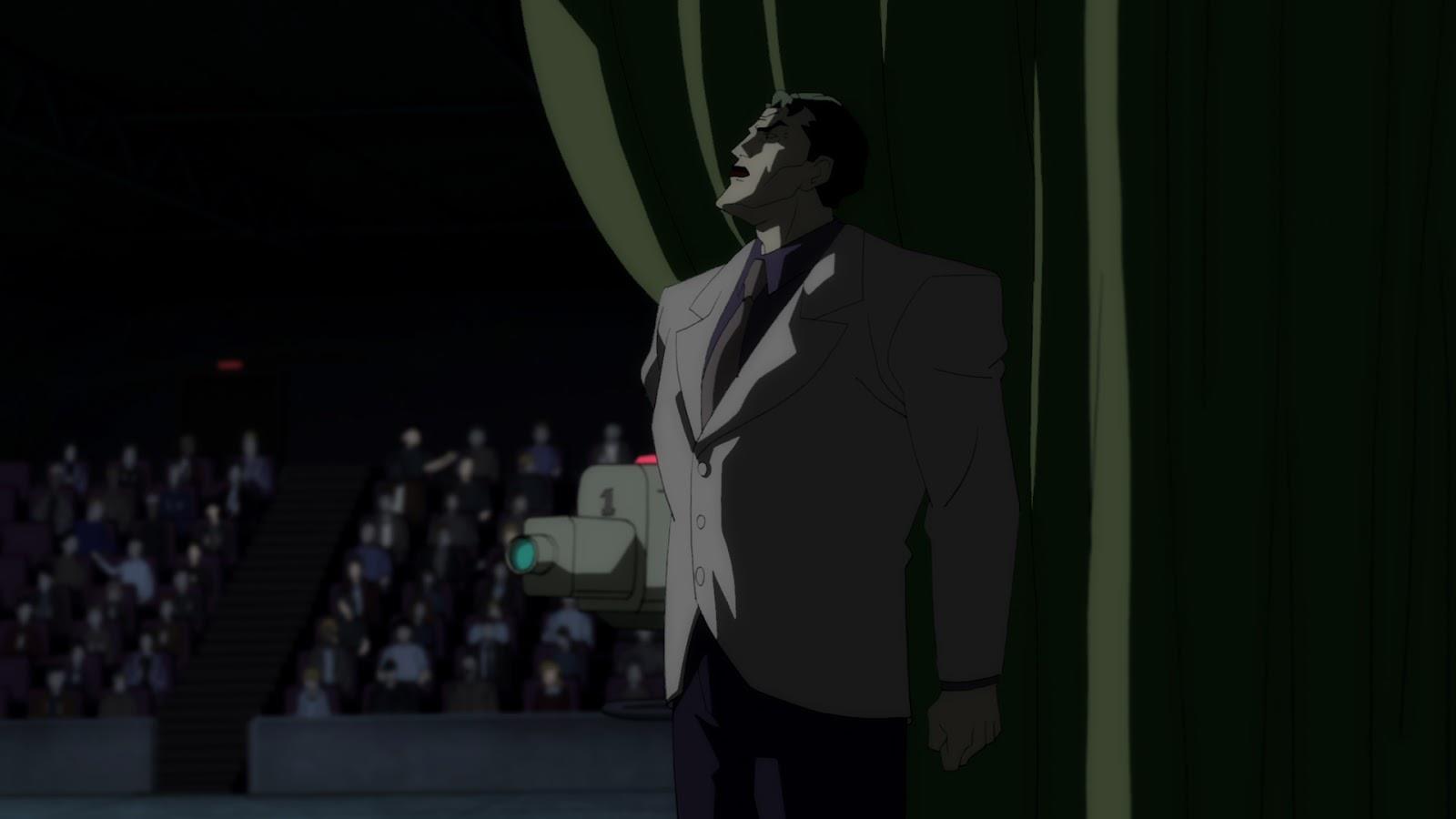 His nemesis, the Joker, re-appears few months the Dark Knight returns to the scene. Helped by the idiotic doctor Bartholomew Wolper, who firmly believes that Batman is the real danger and that the Joker "is not responsible for any of his crimes", the psycho clown can manage to kill the entire audience of a talk show, to spread terror at Gotham's fair and finally to push Batman to lose control. Never before we have witnessed such a vivid and clear-headed Joker, who is not a sociopath any more, but he is seriously intentioned to take his arch enemy to his own level. Unfortunately, Micheal Emerson's voice is out of place according to me. Not only he does not fit the character, but he is not able to catch the insane soul of the Joker. There are no sparks of insanity, sudden laughs hidden behind the teeth and depth and personality in the voice. Many will probably complain WB to not have chosen Mark Hamill, who would have surely provided a better voice, and also caught the essence in the evolution of the character. Joker is not the easiest character to voice, he requires a little insanity in the voice actor himself, but the situation is saved by an amazing script where we witness an epic duel between the long time enemies. In the end, Batman does not only kill the Joker, but the monster he has created within his soul. The Joker is after all the crazy side of Batman himself, something that cannot be controlled and devoted to anarchy, like the deepest and darkest side of the hero that might come out if he ever loses control. But the Batman does not fall; he doesn't lose control.
His nemesis, the Joker, re-appears few months the Dark Knight returns to the scene. Helped by the idiotic doctor Bartholomew Wolper, who firmly believes that Batman is the real danger and that the Joker "is not responsible for any of his crimes", the psycho clown can manage to kill the entire audience of a talk show, to spread terror at Gotham's fair and finally to push Batman to lose control. Never before we have witnessed such a vivid and clear-headed Joker, who is not a sociopath any more, but he is seriously intentioned to take his arch enemy to his own level. Unfortunately, Micheal Emerson's voice is out of place according to me. Not only he does not fit the character, but he is not able to catch the insane soul of the Joker. There are no sparks of insanity, sudden laughs hidden behind the teeth and depth and personality in the voice. Many will probably complain WB to not have chosen Mark Hamill, who would have surely provided a better voice, and also caught the essence in the evolution of the character. Joker is not the easiest character to voice, he requires a little insanity in the voice actor himself, but the situation is saved by an amazing script where we witness an epic duel between the long time enemies. In the end, Batman does not only kill the Joker, but the monster he has created within his soul. The Joker is after all the crazy side of Batman himself, something that cannot be controlled and devoted to anarchy, like the deepest and darkest side of the hero that might come out if he ever loses control. But the Batman does not fall; he doesn't lose control.
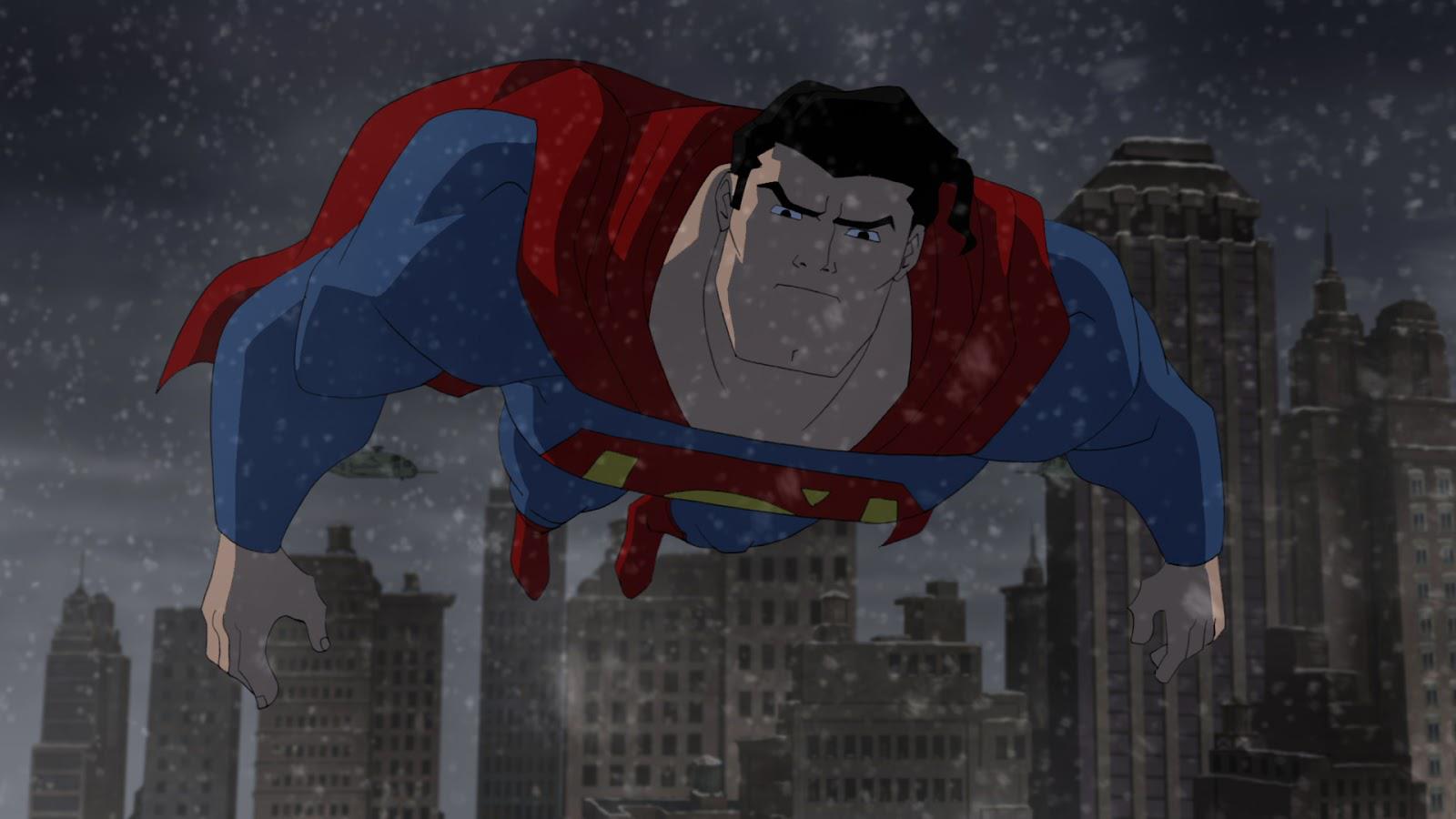 Superman breaks into the scene like the real hero of the story, the incorruptible and loyal servant of true justice who represents the perfect model for all the Americans to follow. It's nice to see a return to his roots too, to the original Superman of the late 30's who doesn't seem to be much concerned for the fate of russian soldiers during the Corto Maltese conflict. The Man of Steel is also the element of balance in the whole story, the only one who stays on one side with respect and admiration for the other one. Superman does not want to take down the Batman, but at the same time he doesn't want to disobey the President's orders. This interior conflict is not well explained in the story to leave a shadow of mystery in his character. Questions like "Is the Superman going to follow the orders?" or "Does Superman understand the reasons behind Batman's behaviour?" can running around the viewers mind all the time, but in the final battle we almost have the feeling that he wants to be defeated because he understands those reasons. Effectively, we can finally see a more human Man of Steel who has to make choices, and these choices are not always pleasant. Mark Valley's voice is a bit neutral in the movie. He fits the character, but does not show such a strong emotion, which is in line with the spirit of a more modern Superman. Batman and Superman are finally two faces of a coin, and each of them would like to not prevail over the other.
Superman breaks into the scene like the real hero of the story, the incorruptible and loyal servant of true justice who represents the perfect model for all the Americans to follow. It's nice to see a return to his roots too, to the original Superman of the late 30's who doesn't seem to be much concerned for the fate of russian soldiers during the Corto Maltese conflict. The Man of Steel is also the element of balance in the whole story, the only one who stays on one side with respect and admiration for the other one. Superman does not want to take down the Batman, but at the same time he doesn't want to disobey the President's orders. This interior conflict is not well explained in the story to leave a shadow of mystery in his character. Questions like "Is the Superman going to follow the orders?" or "Does Superman understand the reasons behind Batman's behaviour?" can running around the viewers mind all the time, but in the final battle we almost have the feeling that he wants to be defeated because he understands those reasons. Effectively, we can finally see a more human Man of Steel who has to make choices, and these choices are not always pleasant. Mark Valley's voice is a bit neutral in the movie. He fits the character, but does not show such a strong emotion, which is in line with the spirit of a more modern Superman. Batman and Superman are finally two faces of a coin, and each of them would like to not prevail over the other.
Most of the other characters are mainly in the background, and none of them is sufficiently analysed to give them a proper opinion. Carrie Kelley, aka Robin, is the only one that slowly emerges as the last shade of affection in Batman's darkened soul. Devoured by the death of Jason Todd in the most remote side of his soul, Bruce Wayne immediately finds easy to feel affection for the improvised Robin who helps him defeat the Mutants leader. While he tries to maintain a military and professional approach with the new sidekick, he frequently shows how much he actually cares for what he probably considers "the daughter" he has never had. The most intense moment, when Robin is about to fall down from the Bat-glider and Batman does anything he can to save her, and in the end, not ashamed to hold her and call her affectionately "good soldier". Carrie Kelley represents the last remote flash of sentiment in the Dark Knight.
James Gordon plays a secondary role which is almost invisible, but it's good to mention that he is always ready to take the lead in a situation like he has always done. David Selby's voice is appropriate once again, with just less screening time.
Not all the other characters are at the highest levels, but generally the movie focuses on the Batman like few other film adaptations have done. We can especially appreciate how the Batman is finally the title character under every point of view and not just the "escamotage" to exalt the Joker. We really see Batman leading the scene, and no-one else can take over him.
Contents
Unlike many other Batman's stories, The Dark Knight Returns faces more interesting and diverse subjects. The main one is definitely the evolution/involution of society. We can see a Gotham City which is more modern, but at the same time more intensively devastated by crime. The alleys really look like no man's land, and the environment seems like regressed from a modern age. Many elements of science fiction come to the eyes of the viewers, especially a certain “1997 New York City atmosphere” where the city is ruled by constant darkness and total lack of structure discipline. The mayor is practically non existent, the police commissioner is not able to distinguish her left hand from the right, policemen are sent against the Batman like dogs against a lion and citizens are not able to win fear and come out of their shelters. We can see this situation changing just at the end, when Batman takes control of the situation and he becomes not only the hero, but the leader and symbol of the city. From the first minute to the last one, violence is also a major content in the story. With few doubts, this might be the most violent Batman movie ever made, and even Ledger's Joker looks like a schoolboy compared to his animated counterpart. This heavily reminds the archetype of a future world dominated by urban guerrilla and self made gang leaders (the breasted Bruno, for example). All of this together is closely tied to 20th century literature and movies of the 70's and 80's, such as A Clockwork Orange and The Warriors.
The other major element that recurs is Cold War. In 1986, when Miller wrote the story, Cold War was still ongoing. The idea that two super powers like the USA and the Soviet Union might have openly engaged in a direct conflict was every day subject in any news or discussion. Most of all, the menace of a nuclear attack was cause of nightmares for most of the americans, ready to “duck and cover” if the button had been pressed. In this story, Superman is taken back to his roots once again, just changing the context and the characters (in 1938, nazis and Hitler were the menace), but giving the Man of Steel the same unpleasant assignment; to defend “truth, justice and the American way”. While Superman is about to show his physical limits, trying to survive the nuclear blast, Batman is ready to prove who actually is when he appeals to “the sense of community” of all the people of Gotham. The powerful message can be perceived as subtle by many, but this is the best example of how the Dark Knight himself is a protector of the American way. Most of these contexts are just a mechanical part of the general story and can be taken for granted, but in the Batman and Superman universe, this is the most realistic and plausible adaptation of a possible Justice League movie, something that has not to deal with a terrible menace coming from another planet or a bunch of super heroes ready to show what they can do, but the appeal to the “sense of community” of a city and maybe an entire nation that come together when it's necessary. Personally, I think that Miller and consequently the screen writers and producers of this animated adaptation, have really nailed the core of the subject. Hopefully, future directors will follow the example in the eventuality of a reboot.
Final considerations
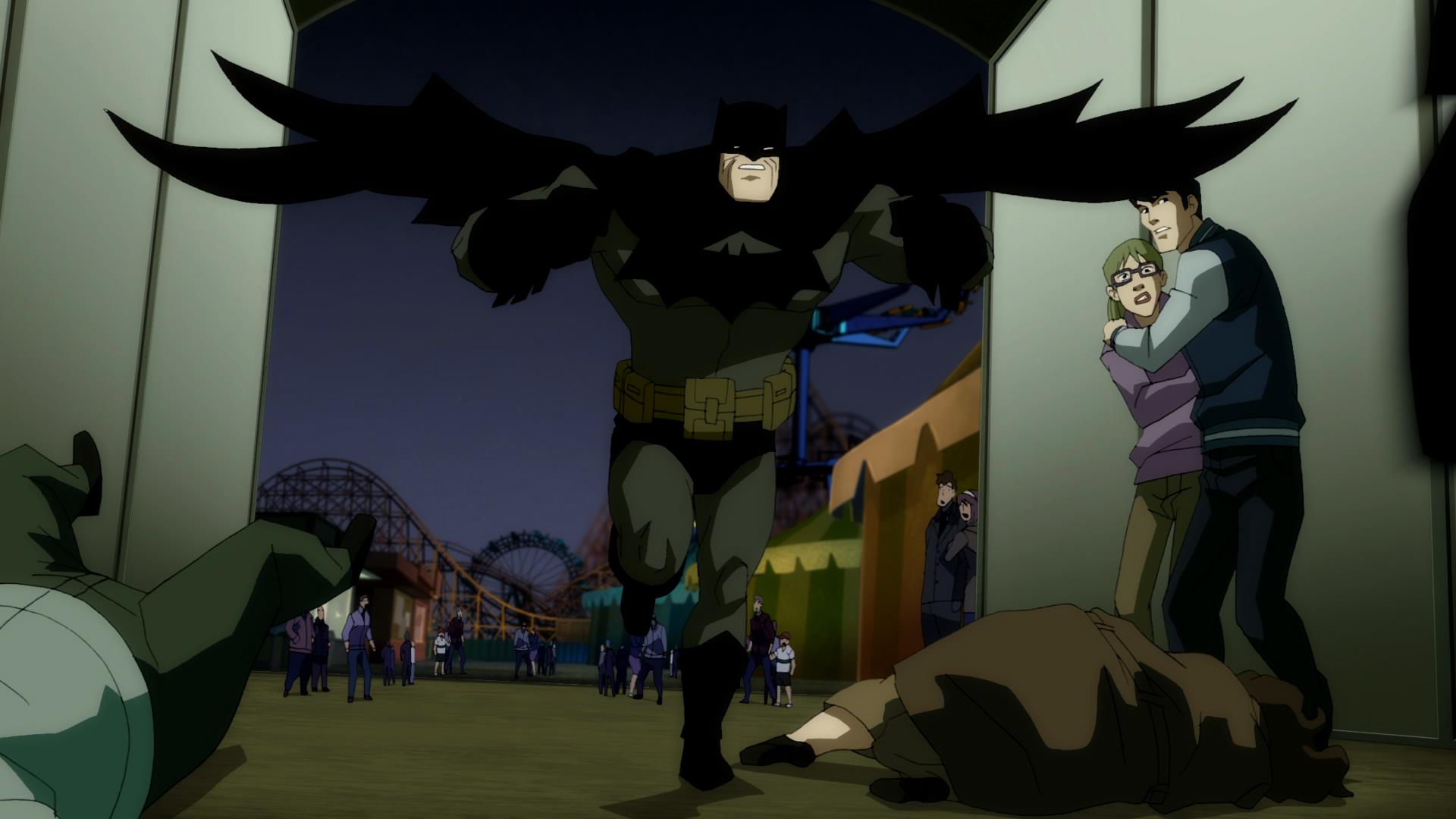
I may sound like a fan boy, but this movie is once again what I always dreamt to see in a Batman movie. We finally have a Batman who fights and shoots like he used to do at the origin. We witness a Batman who is not afraid to punch anyone in the face, was it a man with glasses or a woman in uniform. There is an amazing number of elements in common with this Batman and the one portrayed by Michael Keaton in Batman and Batman Returns, showing the direct connection between the development of the character back in 1989 and his return to the violent mood of the earliest Bob Kane's and Bill Finger's comic books. After all, Batman is not a hero, but a man who tries to bring justice with any possible means, was it a word or a tank. A lot of people have labelled Frank Miller "a fascist", and maybe he is, but the Batman is something more than just a vigilante; he is the symbol of the anger that is caused by crime and violence in the streets. The murder of his parents is perfectly analysed in this movie and we can understand the real reasons behind his choice, which is not just a matter of conscience, but also the explosion of an interior disease, like a volcano that erupts through a thin passage in the mountain to be conveyed in a specific stream. Bruce Wayne's anger comes out through the adrenaline of the action, the remorse of his original defeat and the consciousness of being "a necessary evil" in his modern society. In this 2-part movie, the final analysis of the Batman enables the audience to understand what actually his dark world is about.
Technical aspects
The design style and animation are excellent for the level of the project. We can see similarities between this movie and The Animated Series even more than the ones with the original graphic novel, to the point of considering it the evolution of the story where it was left when we were kids. The architecture design of Gotham City is finally the most appropriate for the whole story, with elements that clearly remind to the works of great architects in the american history and that sensation of being without time that only Anton Furst had been able to develop in Tim Burton's Batman. The art deco and neo-gothic structures are perfectly mixed with more modern buildings that can be either from the present times or the 70's. Like Furst once said, "we imagined what New York City might have become without a planning commission", and that's what Gotham City in this movie is actually about.
The music deserves a great point. Composer Christopher drake managed to mix elements of different soundtrack styles. The strongest one in many point is the heavy use of synthetizers, openly inspired by the atmosphere of Escape from New York and John Carpenter's music. For anyone who is a little practiced of this cult movie, there is a specific section in Part I that reminds to Carpenter's music, when the mutants assault Carrie and her friend at the fair. In Part II this element is reprised once again, especially in the initial sequence of the fight with Bruno, to create the tension and the sense of movement. Music constantly evolves to a new level and, unlike the first part, there is a crescendo that follows the changes in the story. We have some moments that are heavily inspired by Hans Zimmer's and James Newton-Howard's music in The Dark Knight trilogy, especially with the use of drums sections and a hammering rhytm. Epic moments arrive in the final part, following the previously mentioned pattern of crescendo. The battle between Batman and Superman reaches the highest level of emotions and tension mixed together, a balanced recipe of soft sounds alternate with bombastic instruments and sudden explosions of music, like if the orchestra is not only providing the musical pattern, but even the sound effects like the earliest times of cinema. Christopher Drake is also notable for the creation of a main theme that incorporates many feelings of the story, recurring notes that evoke the main character and a strong sense of epic. Personally, I can say that I recognize Batman in this soundtrack even as much as I recognize him in the original Danny Elfman's soundtrack. In conclusion, a good rate for the work in this movie, which music keeps the soul of the Batman and takes elements from other sources.
Closing my long review
I give this Part II, tied to Part I, a very positive score. From 1 to 10, I give an honest 8,5 for the incredible sense of involvement that the story gives to the viewer. While watching this movie I was not just enjoying my time, but I was also living Batman's torments myself. In every single punch and kick, I had the feeling I was really in the movie, I was fighting myself with cowl and cape and I was making hard decisions which were not sharable, but definitely necessary. I give my highest score to Peter Weller to have resurrected the darkest hero in this animated version. I can only imagine how Kevin Conroy would have provided his amazing, talented voice, but Weller was really the hero we had never seen before, like if the time spent waiting has been worth. I praise Bruce Timm, who has always followed Batman's animated stories, and who has given us a little masterpiece that sums up the real soul of this immortal hero.
For the incredible sense of involvement that the story gives to the viewer.
8.5 out of 10
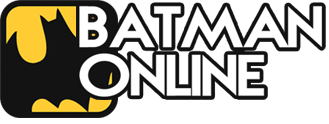

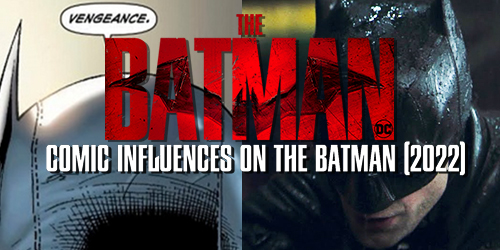
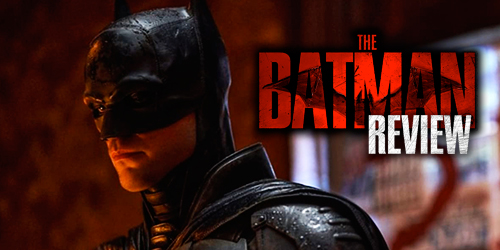

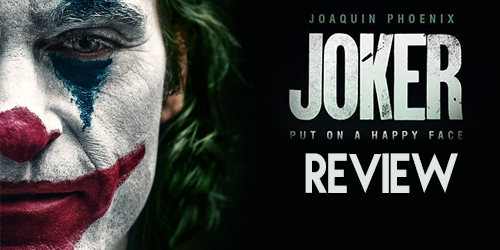
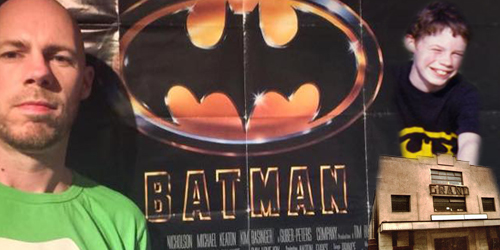



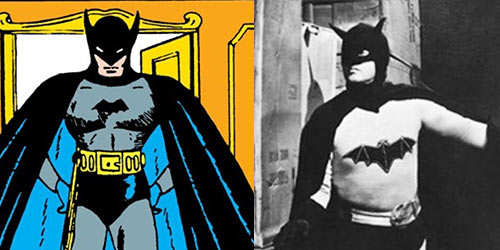

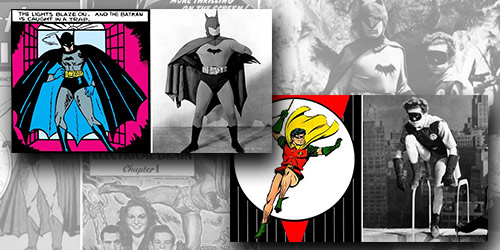
by The Dark Knight
by The Joker
by The Joker
by The Dark Knight
by The Joker
by The Dark Knight
by Slash Man
by The Joker
by The Joker
by The Laughing Fish